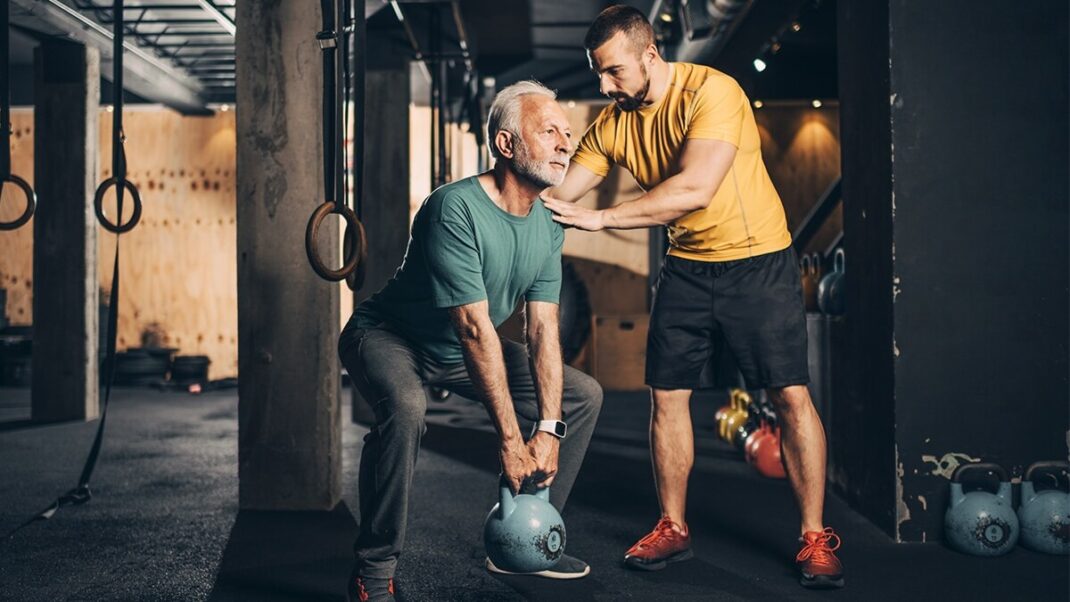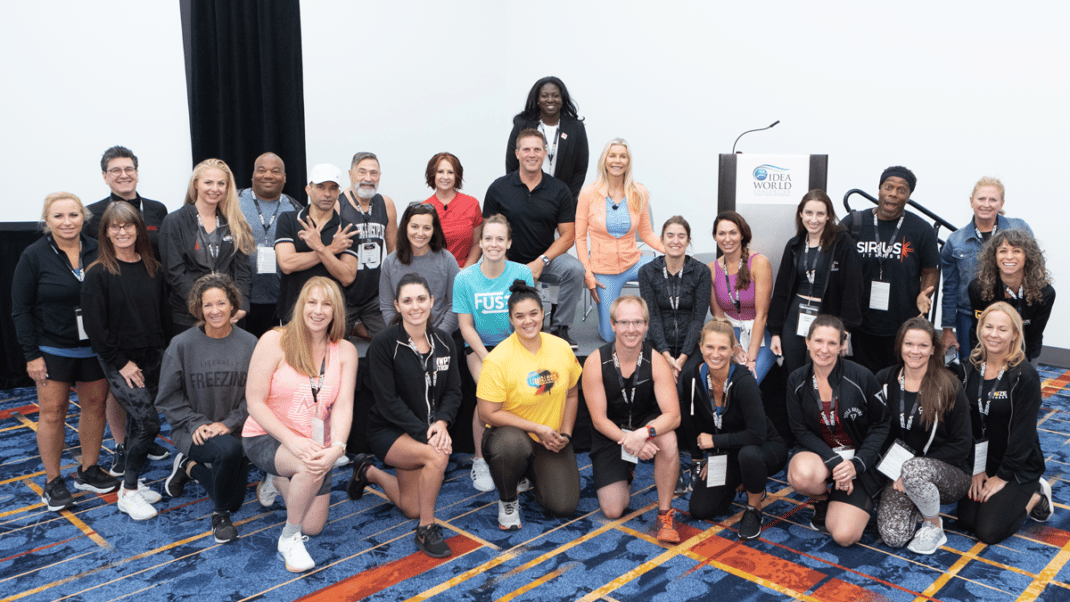More than a Buzzword: Perform at a Higher Level with Functional Fitness
How Fitness Professionals Can Leverage Functional Fitness Trends to Elevate Their Business

Functional fitness is no longer just a buzzword—it’s a strategic, results-driven approach that aligns with client goals and longevity. For fitness professionals, understanding and applying the latest in functional training offers a chance to stand out in a competitive market, build stronger client relationships, and create programs that truly improve quality of life.
Functional Fitness as a Client-Centered Strategy
Functional training focuses on enhancing movements that translate directly into everyday life. Whether it’s improving posture, preventing falls, or helping clients lift groceries or play with their kids pain-free, the goal is to boost strength, mobility, balance, and coordination. As a fitness professional, reframing “exercise” around Activities of Daily Living (ADLs) not only educates clients, but empowers them with real-world progress (ACSM, 2023).
Keeping Up with Evolving Modalities
Clients today are savvier and want modern, evidence-based programs. Here’s how to incorporate emerging modalities to enhance training services:
1. Use Wearables to Guide Progress
Tracking heart rate variability (HRV), step count, sleep quality, and training loads using devices like WHOOP, Garmin, or Apple Watch helps you tailor programming. These metrics can be used to justify rest days, adjust intensity, or track functional benchmarks over time (Thompson, 2023).
2. Leverage Tools Like TRX and Resistance Bands
Suspension training offers scalable options that develop core control and balance in dynamic ways. Resistance bands are ideal for corrective exercises, warm-ups, and travel programs. Functional circuits with these tools keep sessions fresh and effective.
3. Integrate Kettlebells and Sandbags
Create programs that replicate daily movement patterns: swings for hip drive, cleans for lifting mechanics, and carries for grip and postural control. These tools are particularly useful in small-group formats or high-performance training.
4. Add Mobility and Balance Training to All Programs
Don’t relegate mobility to the warm-up. Address thoracic rotation, ankle stability, and hip mobility with drills using Bosu balls, foam rollers, and mobility sticks. For older clients or post-rehab populations, these tools help regain confidence and stability.
5. Functional Equipment That Scales
Invest in systems like Keiser, FreeMotion, or Technogym’s Kinesis for multiplanar strength training with minimal joint stress. These are excellent for rehab, general population clients, and aging adults looking to maintain independence.
Effective Functional Exercise Sequences
Sample movements to program:
- Farmer Carries + Step-ups: Train grip and gait.
- Lunges with Rotation: Improve core and hip strength.
- Push-Pull Superset (Push-up + Row): Balance shoulder mechanics.
- Kettlebell Deadlifts + March: Reinforce safe hinge and single-leg balance.
- Split Squat + Overhead Reach: Integrate strength and mobility.
Use movement screens and posture assessments to match exercises to client needs. Functional fitness isn’t one-size-fits-all—it’s customized, scalable, and goal-oriented.

Business Implications: Set Yourself Apart
Functional fitness has broad appeal across demographics. Consider:
- Marketing programs for fall prevention, mobility, or “strong for life” themes.
- Adding semi-private group training focused on functional movement patterns.
- Offering movement assessments using mobility scoring tools or apps.
- Educating clients with visuals and workshops on movement quality vs. aesthetics.
Clients today want to feel and move better—not just look better. Functional training lets you deliver on that promise.
Future Outlook for Functional Fitness Pros
As health care systems shift toward prevention and wellness, fitness professionals are positioned to play a greater role. Expect more:
- Insurance-aligned training for fall prevention and chronic disease management.
- Tech integration for at-home training and client accountability.
- Demand for trainers with specializations in mobility, functional aging, and pre/post-rehab.
Investing in your knowledge of functional fitness sets you up for success in today’s evolving industry.
References
-
- American College of Sports Medicine (ACSM). (2023). ACSM’s Guidelines for Exercise Testing and Prescription (11th ed.). Wolters Kluwer.
-
- Thompson, W. R. (2023). Worldwide survey of fitness trends for 2023. ACSM’s Health & Fitness Journal, 27(1), 19–30. https://journals.lww.com/acsm-healthfitness/Fulltext/2023/01000/Worldwide_Survey_of_Fitness_Trends_for_2023.6.aspx
-
- TRX Training. (2024). Benefits of suspension training for functional fitness. https://www.trxtraining.com/blogs/news/benefits-of-suspension-training
-
- Mayo Clinic. (2022). Senior health: How to prevent and detect health problems early. https://www.mayoclinic.org/healthy-lifestyle/aging/in-depth/senior-health/art-20044699





